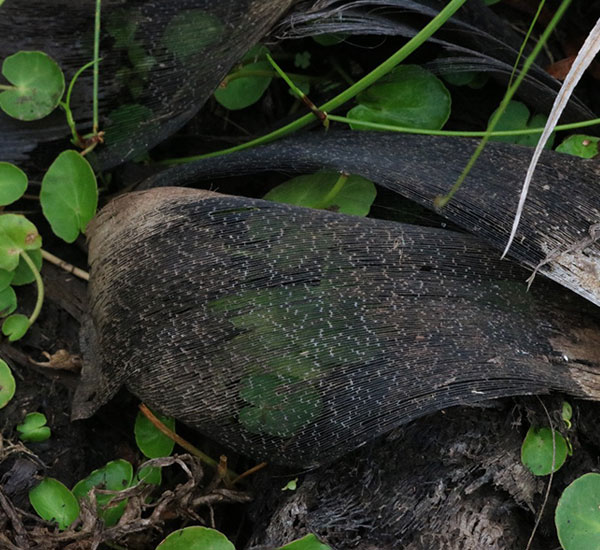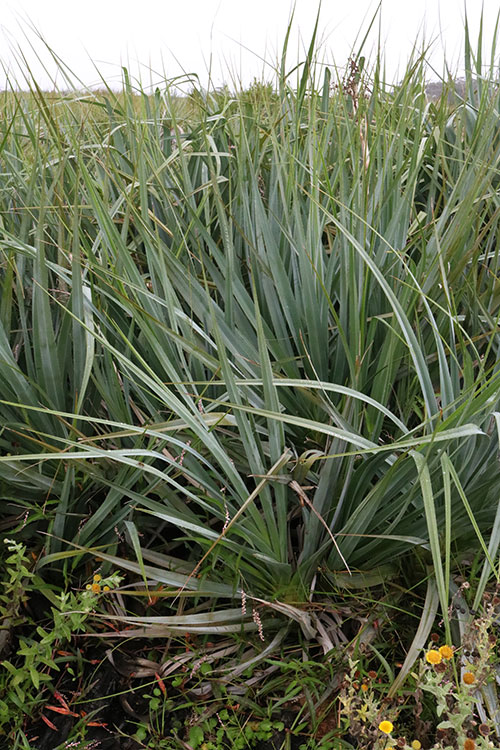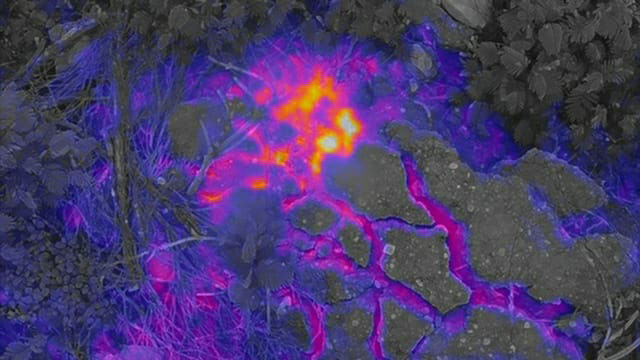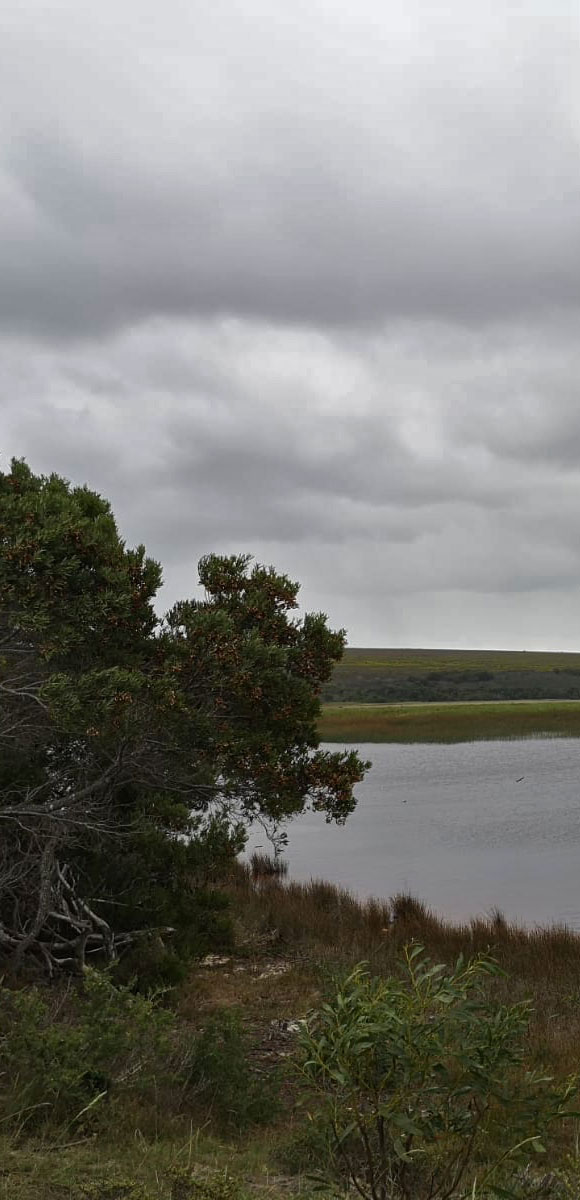
The Overberg is well known for its fynbos and renosterveld. But less is known about the important wetlands you’ll find in the district – and the role they play in securing water for Overberg inhabitants.
These wetlands face numerous threats. Topping that list are the impact of invasive alien plants, a changing climate and inappropriate fire regimes.
That’s where the Greater Overberg Fire Protection Association can play a role: To support landowners to manage their wetlands with care, and to only burn them when it’s the right time.
Where are these wetlands?
YOU’LL FIND WETLANDS OF VARYING SIZES SPREAD ACROSS THE ENTIRE DISTRICT.
You’ll find wetlands of varying sizes spread across the entire district.

According to an Overberg District Municipality Wetland Report (compiled in 2017), the larger wetlands are:
• In the western portion of the Overberg there are several wetland systems associated with the Hagelkraal and Ratel Rivers;
• In the south-west portion, the Nuwejaars River and associated wetlands, which connect with the Zoetendals Vallei area, and lead to the Heuningnes Estuary;
• In the eastern portion, the De Hoop Vlei is home to a rich abundance of birdlife.

Both the Heuningnes Estuary and De Hoop Vlei are classified as RAMSAR sites.
Wetlands provide vital goods and services to communities living in the Overberg.
They are responsible for:
– Improved water quality through filtration – water that inhabitants (like insects, animals and us) ultimately drink;
– Storing stormwater runoff, and releasing it slowly when the water table drops;
– Reducing the impact of flood waters, by absorbing this water, thereby protecting downstream infrastructure;
– And preventing erosion – especially in Palmiet wetlands, where root systems are adapted to deal with flood waters.

But in South Africa, it’s believed around half our wetlands have been lost; and nearly half of the remaining wetlands are Critically Endangered or degraded.
The story is not much different in the Overberg. Here, wetlands have been lost to agriculture, inappropriate urban development, pollution and invasive fish.
The threats the goFPA are particularly concerned about include the invasive alien plants (which outcompete natural vegetation such as Palmiet), inappropriate fire regimes, and wildfires. What’s more, invasive plants and a changing climate are making it increasingly difficult to control these fires.
Once a fire affects a wetland, there are additional threats. It can become very difficult to extinguish the blaze. In many cases, the fire continues burning underground, even when it’s put out above the ground. These fires are deep underground (too deep to douse with water) – and can remain a threat to infrastructure for months after the main fire has been extinguished. In some of these cases, trenches need to be excavated in order to prevent the spread of the fire underground.



In order to help landowners to manage their wetlands well, the goFPA team investigated to find out more. According to Donella Young and James Harrison in their guide, Farming for the Future, here are some tips for farmers:
1. Bear in mind that seasonal wetlands are as important as permanent ones.
2. There are many bird species that also depend on shallow, vegetated wetlands. Fire in wetlands also disturbs these species.
3. Wetlands can burn, but reeds shouldn’t burn more frequently than every 10 years. Excessive burning can result in the loss of biodiversity – with many plants not able to set seed before the next fire. Also, many animals are unable to build up their numbers if fires are too frequent (either through breeding or immigration).
4. Landowners are encouraged to develop a management plan for their property – with support of appropriate skills. And to manage their wetlands as per this plan.
5. And landowners are encouraged to join their local Fire Protection Association.

